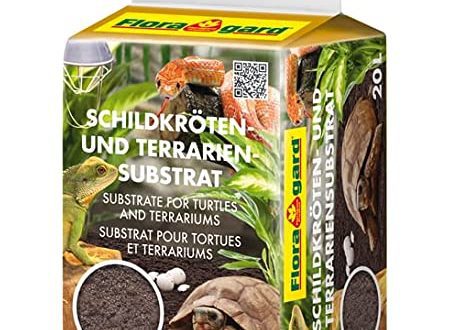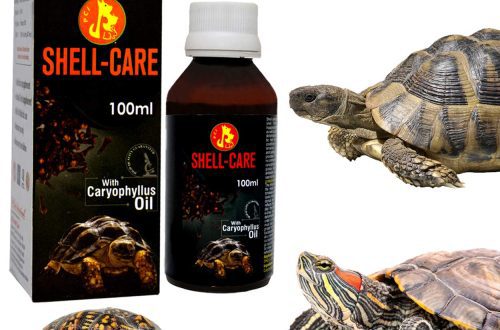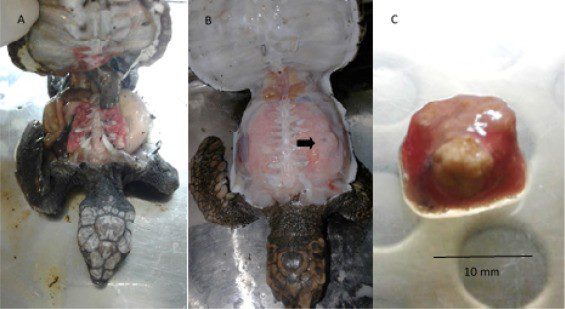
Ciupercă la țestoase (micoză)

Simptome: ulcers and crusts on the skin or shell Turtles: land turtles Tratament: carried out by a veterinarian, contagious to other turtles
“Dry” stratification of scutes, caused by the saprophytic fungus Fusarium incarnatum. This disease, in principle, is not dangerous, since only the dying superficial sections of the horn exfoliate, but the periosteum remains intact. It is difficult and rather futile to treat this, tk. relapses usually occur.
Turtles have the following types of mycobiota: Aspergillus spp., Candida spp., Fusarium incornatum, Mucor sp., Penicillium spp., Paecilomyces lilacinus
TERAPIA PRINCIPALELOR MICOZE
Aspergillus spp. — Clotrimazol, Ketoconazol, +- Itraconazol, +- Voriconazol CANV – + – Amfotericină B, Nistatina, Clotrimazol, + – Ketoconazol, + – Voriconazol Fusarium spp. — +- Clotrimazol, +- Ketoconazol, Voriconazol Candida spp. — Nistatina, + — Fluconazol, Ketoconazol, + — Itraconazol, + — Voriconazol
Motivele:
Infection from other turtles, non-observance of hygiene rules when keeping a turtle. In captivity, the development of infection is facilitated by keeping on sharp, scratchy ground or on a substrate that is constantly wet.
simptome:
1. In tortoises, it most often manifests as firm nodules (lodular dermatitis), highly scaly skin, characteristic eschars (brown or greenish-yellow in color) located in permanently injured areas (and in places of contact with the carapace, on the neck and tail in females with group keeping, etc.), weeping ulcers (when the process spreads from shell plates), subcutaneous abscesses (resembling pearls), sometimes enclosed in a dense fibrous capsule, as well as chronic edema of the subcutaneous tissue of the hind limbs.
2. The disease manifests itself in the form of local or extensive foci of erosion, usually in the region of the lateral and posterior plates of the carapace. The affected areas are covered with crusts, usually yellowish-brown. When the crusts are removed, the lower layers of the keratin substance are exposed, and sometimes even the bone plates. The exposed surface looks inflamed and is quickly covered with drops of punctate hemorrhage. The disease slowly progresses and usually acquires a protracted, chronic character. In land turtles, surface erosion is more characteristic.
ATENȚIE !: Regimurile de tratament de pe site pot fi învechit! O broască țestoasă poate avea mai multe boli deodată și multe boli sunt greu de diagnosticat fără teste și examinare de către un medic veterinar, prin urmare, înainte de a începe autotratamentul, contactați o clinică veterinară cu un medic veterinar herpetolog de încredere sau consultantul nostru veterinar de pe forum.
Turtle Treatment Scheme
- Separate the turtle from other turtles.
- Raise the temperature to 30 C.
- Remove the soil and lay down an absorbent diaper or paper towels. Disinfect the terrarium.
- Periodically treat the carapace with 3% hydrogen peroxide and remove any easily detachable pieces of horn. Treatment takes 1-2 months.
- Dilute Betadine or Monclavit in water, dilution 1 ml/l. Bathe your turtle daily for 30-40 minutes. The course is a month.
- Smear the inflamed areas daily with an antifungal ointment, for example, Lamisil (Terbinofin) or Nizoral, Triderm, Akriderm. The course is 3-4 weeks. Any antifungal drug based on Terbinafine is also suitable.
- Soak a gauze or cotton wool with a ready-made solution of chlorhexidine, cover with polyethylene and fix it on the lower shell with a plaster. Change the compress daily, and leave for the whole day. Periodically, you need to leave the plastron open and let it dry.
- În cazul în care cojile țestoasei sângerează, sau gura sau nasul sângerează, este necesar să se administreze zilnic acid ascorbic (vitamina C), precum și să se înțepe Dicinon (0,5 ml / 1 kg de țestoasă o dată la fiecare). altă zi), care ajută la oprirea sângerării și întărește pereții vaselor de sânge.
The turtle may also need a course of antibiotics, vitamins, and some other drugs. In any case, it is best to take the turtle to a knowledgeable veterinarian.
You will not see the result – there will simply be no further defeat.
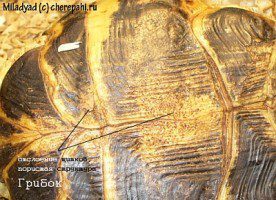
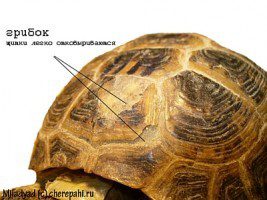
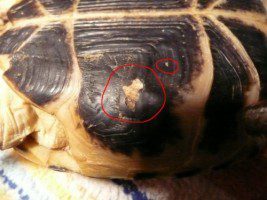
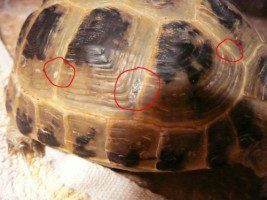
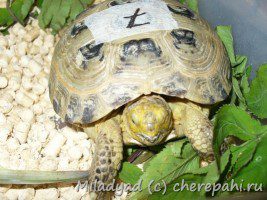
© 2005 — 2022 Turtles.ru



